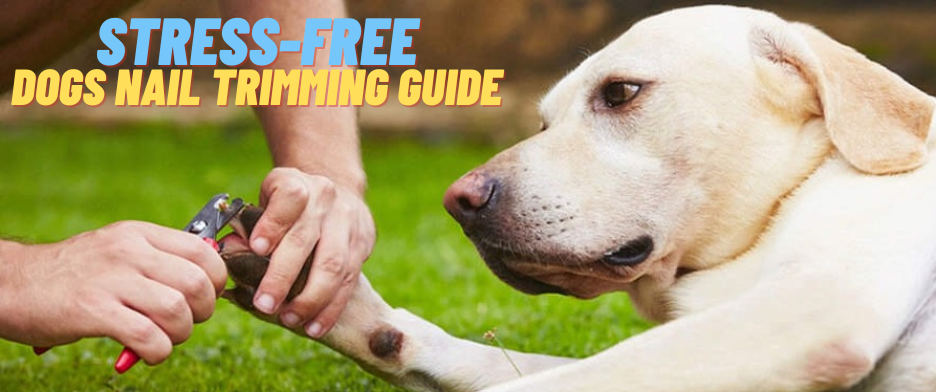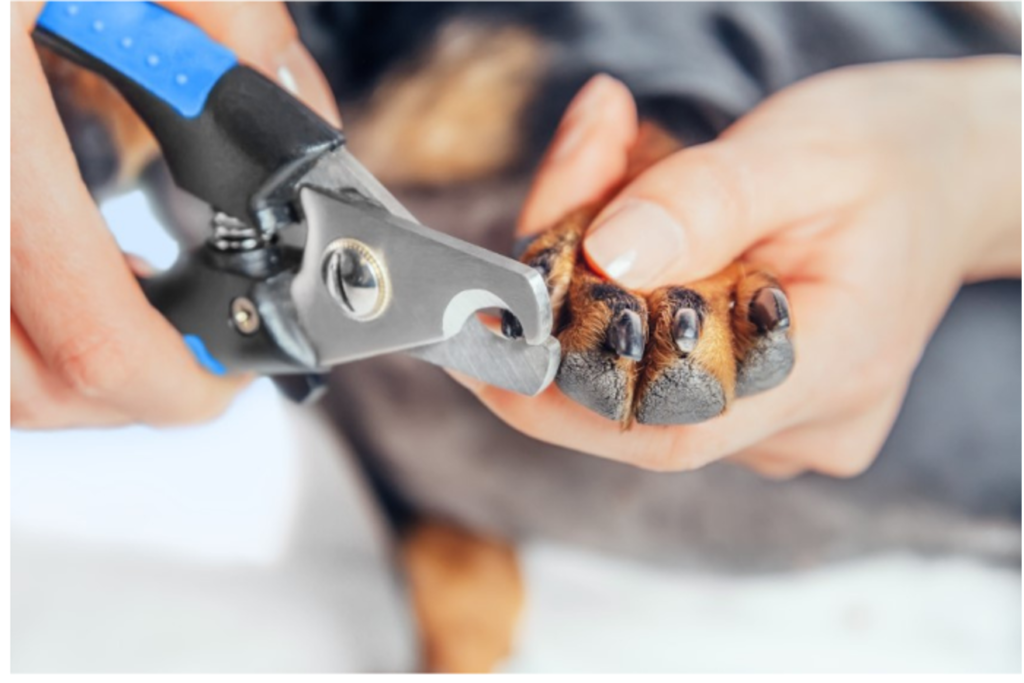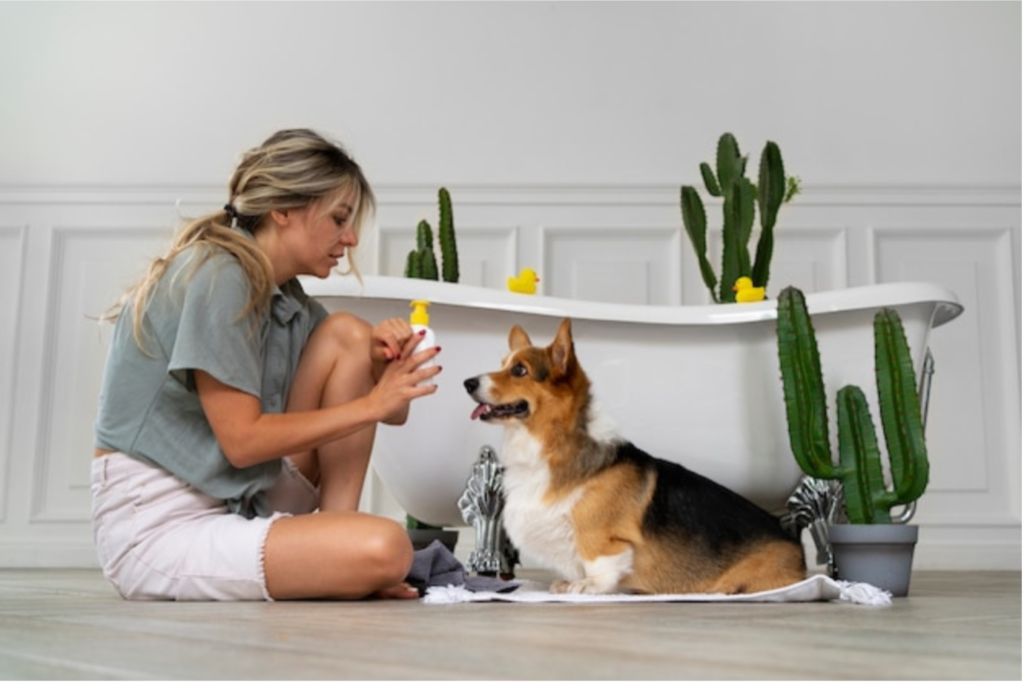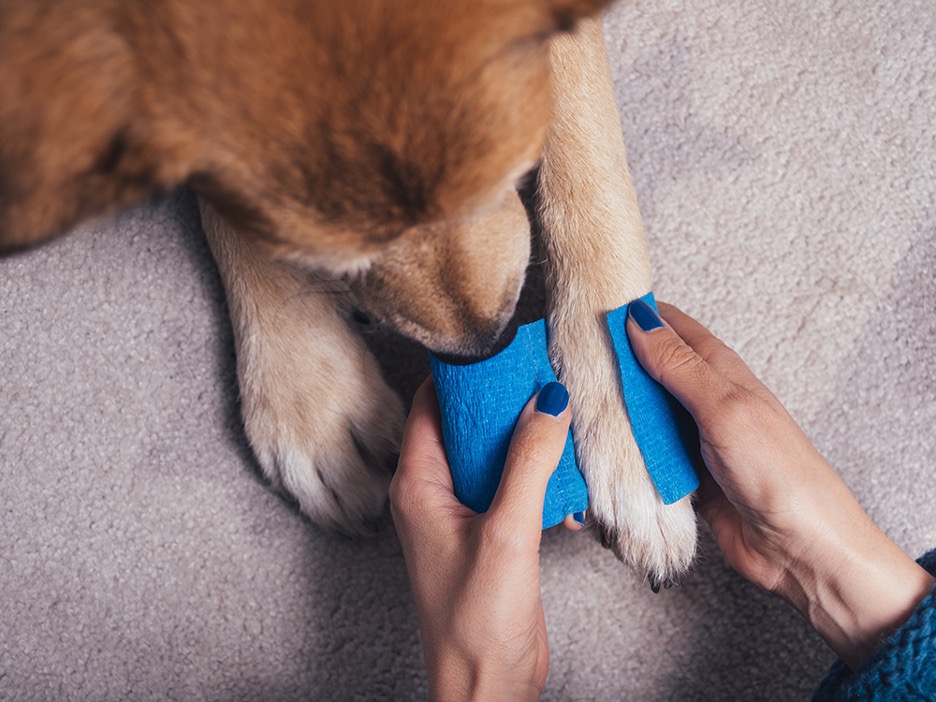How to Trim Your Dog Nails: A Stress-Free Guide

Are you tired of your doggy turning into a squirming, anxious mess every time you reach for the nail clippers? You’re not alone! Many pet owners dread the task of trimming their pet’s nails, but it’s a crucial part of their health and well-being. Overgrown nails can lead to discomfort, mobility issues, and even chronic problems in older animals.
But fear not! “How to Trim Your Dog Nails: A Stress-Free Guide” is here to transform this dreaded chore into a breeze. We’ll show you how to create a calm environment for nail trimming, minimizing stress for both you and your pet. From understanding the importance of regular trims to recognizing when it’s time to clip, we’ve got you covered.
In this comprehensive guide, we’ll walk you through preparing for a stress-free session, provide a step-by-step approach to trimming those pesky nails, and even cover after-care tips. So, whether you’re a first-time pet parent or a seasoned pro looking to up your nail-trimming game, get ready to say goodbye to scratched furniture and hello to happy, healthy paws!
Understanding the Importance of Nail Trimming

A. Preventing discomfort and mobility issues
Regular nail trimming is crucial for pets’ well-being. Overgrown nails can cause:
- Pain while walking
- Difficulty in movement
- Joint misalignments
- Behavioral changes (irritability, reluctance to exercise)
B. Avoiding painful injuries and infections
Long nails pose risks such as:
| Risk | Consequence |
| Snagging | Nail breakage |
| Curling | Painful penetration into paw pads |
| Accumulating dirt | Increased infection risk |
C. Maintaining proper posture and joint health
Trimmed nails contribute to:
- Proper paw positioning
- Balanced weight distribution
- Reduced strain on joints
D. Protecting your home and family from scratches
Regular trimming:
- Minimizes accidental scratches
- Protects furniture and floors
- Enhances bonding during grooming sessions
With the importance of nail trimming understood, let’s explore how to recognize when your pet’s nails need attention in the next section, “Recognizing When Nails Need Trimming.”
Recognizing When Nails Need Trimming

Now that we’ve covered the importance of nail trimming, let’s focus on recognizing when your pet’s nails need attention.
A. Signs of overgrown nails in dogs and cats
- Audible clicking on floors
- Scratching when seeking attention
- Tip-toeing gait
- Curling nails
- Sliding on surfaces
- Limping or difficulty walking
B. Natural wear vs. need for regular trimming
| Natural Wear | Regular Trimming Needed |
| Frequent outdoor activity | Indoor pets |
| Abrasive surfaces | Smooth flooring |
| Active lifestyle | Sedentary pets |
C. Assessing nail length for different pet activities
Proper nail length is crucial for comfort and mobility. Nails should be visible but not extend beyond the paw. For active pets, slightly shorter nails may be beneficial, while less active animals may require more frequent trimming. With this information, we can now prepare for a stress-free nail trimming session.
Preparing for a Stress-Free Nail Trimming Session

Now that we’ve recognized when your pet’s nails need trimming, let’s prepare for a stress-free session.
A. Creating a calm environment
- Choose a quiet, comfortable space
- Use soft lighting and soothing music
- Ensure the area is free from distractions
B. Gathering necessary tools and supplies
| Tool | Purpose |
| Nail clippers/grinder | Trimming nails |
| Styptic powder | Stop bleeding if accidents occur |
| Treats | Positive reinforcement |
C. Familiarizing your pet with the process
- Introduce tools gradually over several days
- Allow pet to sniff and explore clippers/grinder
- Practice touching paws without trimming
- Offer treats and praise throughout
With these preparations, you’re ready for the step-by-step guide to trimming your pet’s nails.
Step-by-Step Guide to Trimming Pet Nails

Now that we’ve prepared for a stress-free nail trimming session, let’s dive into the step-by-step process.
A. Proper handling techniques for dogs and cats
Hold your pet’s paw gently but firmly. For dogs, maintain their natural posture. For cats, wrap them in a towel if necessary. Use positive reinforcement throughout.
B. Identifying the quick and avoiding injury
| Nail Color | Quick Identification |
| Light | Pink area visible |
| Dark | Black dot visible |
Trim vertically at a 45-degree angle, starting small. Avoid cutting the quick to prevent pain and bleeding.
C. Trimming techniques for different nail types
- Scissor clippers: Best for small dogs
- Plier-style clippers: Suitable for larger breeds
- Grinders: Safer for black nails, but may not suit anxious pets
Trim every 2-4 weeks, depending on your pet’s lifestyle.
D. After Care and Maintenance
Once you’ve successfully trimmed your pet’s nails, proper after-care is essential to maintain their comfort and health.
- Monitoring for sensitivity or discomfort
- Observe your pet’s walking pattern after trimming.
- Check for any signs of limping or paw licking.
- If discomfort occurs, apply a pet-safe moisturizer or soothing balm.
- Keeping nails smooth and free from rough edges
- Use a nail file or grinder to smooth out any jagged edges.
- Regularly inspect nails to prevent cracks or splits.
- Establishing a routine for healthy nails
- Set a schedule for trimming every 2-4 weeks.
- Keep track of nail growth and adjust trimming frequency accordingly.
- Reward your pet after each session to encourage cooperation.
Addressing Minor Bleeding or Discomfort

Even with careful trimming, occasional nicks can happen. Here’s how to handle them:
- Apply styptic powder or cornstarch immediately to stop minor bleeding.
- Keep your pet calm and still to prevent further injury.
- Monitor the nail for signs of infection, such as redness or swelling.
If your pet continues to show discomfort, consider applying a pet-safe antiseptic and keeping them from excessive licking.
Conclusion
Regular nail care is a crucial aspect of your pet’s overall well-being. By incorporating proper trimming techniques, after-care, and professional support when needed, you can ensure your pet remains comfortable, healthy, and happy. Establish a consistent grooming routine, reward your pet for cooperation, and enjoy the benefits of well-maintained nails—free from discomfort, mobility issues, or accidental scratches!

